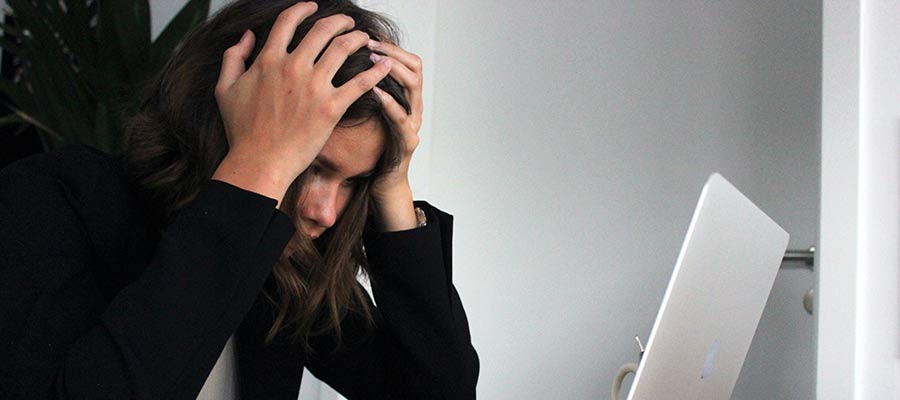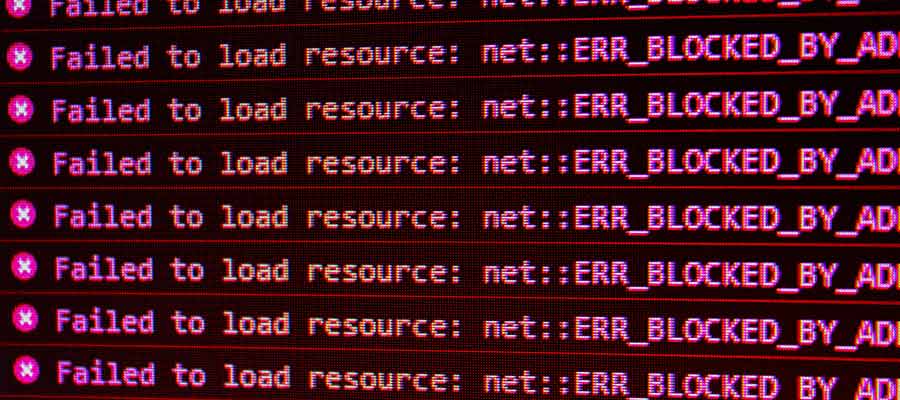If you want stability and performance from your WordPress website, it takes a commitment to routine maintenance. At the most basic level, that entails logging into the dashboard every so often and installing any available updates.
That may sound simple enough. And, if you want to make things even easier, just turn on the auto-update feature. New releases are applied without having to lift a finger. Even the most technophobic of clients should be able to handle it. Problem solved, right?
Not so fast. While the process behind maintaining a WordPress website has vastly improved, not every aspect is so user-friendly. Several scenarios still require the expertise of a web professional.
Here’s why you might not want to hand those maintenance responsibilities over to your client after their site has launched. At least, not without explaining the risks involved.
Accounting for an Ever-Changing CMS
It’s no secret that WordPress core has undergone some massive changes. The Gutenberg block editor and its ripple effect throughout the software have only heightened the need for professional maintenance services. And that’s just one of many evolutionary steps that have taken place.
A big part of site maintenance involves keeping legacy themes and plugins working. There are circumstances when these items are essential to a website’s mission. Thus, a developer needs to ensure that they’ll continue to work, even as WordPress itself moves forward.
Refactoring code is often required. For example, tweaking a script so that it will work with the latest bundled version of the jQuery library. Likewise, theme templates and custom plugins could need to be patched up to be compatible with the newest version of PHP.
The other part of the equation is in taking advantage of cutting-edge features. It could mean implementing a block theme, building custom editor blocks, or converting old JPG images to a newer format such as WebP.
Neither time nor WordPress stands still. A website has to keep pace, and this requires a knowledgeable person who understands what’s involved.

Updates May Require Further Action
Applying a routine plugin or theme update is generally a straightforward process. But there are instances when more action is required. Sometimes those tasks may go beyond the comfort level of a client. Or they may go completely unnoticed.
For instance, WooCommerce is known to require a database update after installing certain new releases. In addition, a plugin may drastically change or discontinue a specific feature, requiring someone to go in and tweak settings.
There are also times when an update clashes with a site’s configuration. It could be that the latest release of an SEO plugin doesn’t work with your version of PHP. Or a photo gallery plugin will only work with a newer version of WordPress than is currently installed.
These types of changes can be critical to keeping a website running smoothly. At the same time, the fact that they need to be completed isn’t always obvious. Error messages can be vague. And such items may also be buried in a changelog or a blog post. Thus, they’re easy for a client to miss.
That’s why it’s a good idea to have a professional review and test any updates before applying them to the production site. This has long been a best practice for WordPress developers. And it could be the difference between a buggy site or one that’s stable and secure.

WordPress Theme and Plugin Conflicts Can Be Messy
Troubleshooting a website can be arduous. And when you consider the piecemeal approach used to build a site with WordPress, things can get extremely complicated as well.
There are so many moving parts. WordPress core, the active theme, and various plugins all play a key role in how a site looks and functions. When something goes wrong, it can be very difficult to track down the root of the problem, let alone resolve it.
The process often involves tasks such as disabling plugins, switching to a “default” theme, and checking the browser’s console for errors. This takes a lot of time and effort – not to mention a few tears.
And because the WordPress ecosystem is so far-flung, technical support varies quite a bit. Some theme and plugin authors are more responsive than others. In addition, there is often a higher level of technical knowledge required to effectively communicate what’s happening.
When something goes wrong, knowing which channels of communication to use and having the right technical resources are vital. Therefore, it’s a situation that is most effectively handled by a seasoned WordPress professional.

A Mission-Critical Website Requires Attention
For many organizations, a website is more than just a marketing vehicle. It handles sales, customer inquiries, and serves as a repository of important information. In other words: it’s mission-critical.
With that in mind, maintenance should not be treated casually. While WordPress makes applying updates relatively simple, the process goes much deeper. The reality is that keeping a website performing at peak levels takes effort and know-how.
For clients who want to maintain their website, this can be an enormous challenge. And, without a full understanding of the job, important items can easily slip through the cracks. Over time that can lead to suboptimal results – or worse.
The solution? Keep a professional (like you) in the loop!
Take some time and educate your clients on their site’s maintenance requirements. Together, establish a plan for keeping things in tip-top shape. That will have a positive impact on you, your client, and users.
Related Topics
Top